
© Viktor Kronbauer. (Click image for larger version)
Lenka Vagnerová brings wild women and mythological animals to Edinburgh in Fringe shows La Loba and Riders
Riders, 1 – 10 Aug (not 7), Zoo Southside, 5pm
La Loba, 12 – 25 August, Zoo Southside, 5pm
www.lenka-vagnerova.cz
www.edfringe.com
www.zoofestival.co.uk
‘The story is very simple,’ says Czech choreographer Lenka Vagnerová over breakfast in Prague during the Czech Dance Platform 2014. She’s talking to a group of journalists about her new piece La Loba, which premiered at the Platform in 2013, and which she is bringing to the Edinburgh Fringe in August. ‘It’s about a woman who is walking through the country, collecting bones and trying to give life to these bones. And that’s it.’ Vagnerová first came across the South American tale in a book. In it a woman walks across a landscape ravaged by hunters, collecting and restoring life into the bones of the wolves she finds. But there is a dark side to the choreographer’s fascination. ‘It also made me think about what death means. This woman is not only a person for me, she could be the whole earth. Because the earth is giving life but taking the bones back to recycle over and over all the time.’
Fairytale figures, magical powers, transmogrified half-animal beings are nothing new in dance, from Odette the swan queen to the ill-destined Sylph in La Sylphide. So it’s little wonder that a contemporary choreographer should find just as much inspiration in mythology and folklore as her 18th and 19th century counterparts. Vagnerová, who set up her own company in 2012 after dancing with the likes of Akram Khan’s troupe and Nantes’s Centre Chorégraphique National among others, has found mythology to be a driving force behind much of her work. But just as times have changed when it comes to representing women onstage, Vagnerová doesn’t find her archetypes in the silky sprites of classical dance, but somewhere closer to earth, in the case of La Loba, a raging roaring mature woman, as feral as she is benevolent.
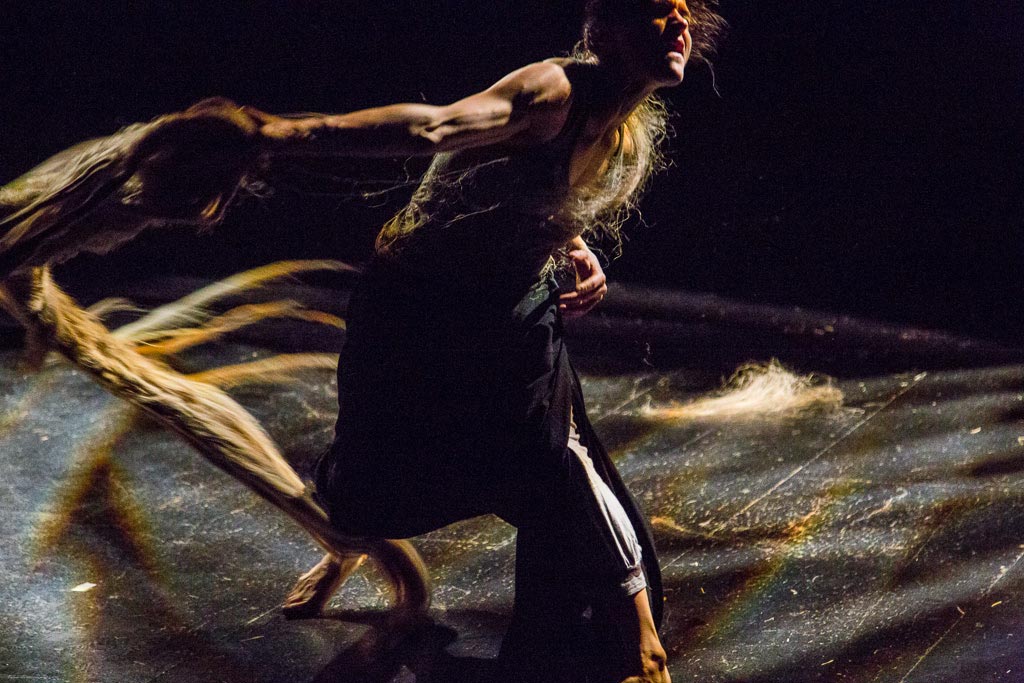
© Viktor Kronbauer. (Click image for larger version)
‘I was not interested in the image of womanhood as it is presented by the media, nor in its visual aspect,’ says Vagnerová, writing in an email some months after the Czech Dance Platform. ‘I searched for the inner strength which a woman can find within her, her ability to fight and to protect, to sacrifice a lot of herself. This is of course strongly connected to motherhood. The performance is based on the archetype of the old woman, the experienced woman-mother who has lived through generations. She has witnessed violence in various forms and she knows that the principle of renewal is not eternal.’
The part of the old woman is danced by Andrea Opavská, winner of this year’s Czech Dance Platform’s Dancer of the Year Award for her extraordinary performance, which is matched in power and ferocity by the solo voice of Jana Vébrová in a live soundtrack. La Loba translates from Spanish as ‘the she-wolf’, and a scraping back of life to its animal origins is present in every part of the piece; from the straw-strewn stage, the skin and bone props, to the roar of Vébrová’s wolfish voice and Opavská’s unbridled kicks as she lashes out, streaking the stage in fireworks of white wool. Could this elemental current, along with the recurring rebirth motif, have anything do to with the fact that Vagnerová was pregnant while creating the work?
‘It is true that was a really nice time, because I was pregnant during the creation. The little ‘La Loba’ was growing inside me,’ she says. ‘For me the theme of resurrection and the ability to pass on life were present in the project from the very beginning, even before my pregnancy. But during it I came to understand many things much better. It is an unbelievable miracle how another life is emerging within you, how the bones are formed and a heart that beats. You give yourself to create a new life. It is similar to the Earth that at the same time gives new life, offers its resources and absorbs the dead ones. It is a fascinating principle. But it is not bottomless. That is important to realise.’
And then there are the bones. No matter which way the conversation veers during breakfast, (and later over email) the matter of bones always rears itself; whether on the subject of spirits resurrecting through them, scientists cloning dinosaurs from bone DNA, or babies developing. They are used to various effect throughout La Loba; as mischievous noises, startling images, and a tender puppet. ‘I feel it was very important to give them a life again,’ Vagnerová says, admitting that it took quite a while to collect the haul necessary for the show, donated by collectors, hunters, gathered from roadkill and even taken from an abattoir.
Animals have become a huge feature of the choreographer’s work – which perhaps makes it appropriate that the company have chosen to perform at Zoo Venues – and form the basis of the other show she is presenting this Fringe, an ensemble piece called Riders. ‘In Riders I was inspired by birds,’ Vagnerová says. ‘I love their energy, their freedom. They don’t walk on the earth, they’re somewhere in another level, and how we behave with these animals is very important.’ Again mythology was an inspiration. ‘Birds are in almost every story. People all around the world have a different point of view on the same animals and when I was looking into mythology it was very interesting. How important this animal is for people because they can do something we cannot.’

© Viktor Kronbauer. (Click image for larger version)
As with La Loba, the environment created on the stage throughout Riders echoes the rhythms of the dance. Giant paper tubes stand on end to represent posts the birds perch on at sea. The space feels cleaner than with La Loba, more temperate with warmer lighting, creating an airborne feel to the movement. But as with La Loba there are flashes of feminine defiance – wildness even – as performer Tereza Voříšková hatches from a red anorak egg into a glamorous disco-bird, then later is hoisted up into a terrifying figure of fury to chase others round the stage.
There is a recurring feel to Vagnerová’s animals that they possess neither romanticised cosiness nor bestial savagery, but inhabit a space in between, not dissimilar to people; sharp, spiritual and made mad when driven to it. The choreographer is at pains to point out that she never wants to describe animal movements but to find something deeper underneath their skins. ‘I think animals have such spirits as we have, emotions and feelings. I have a lot of experience with animals – with dogs – and they are sometimes more sensitive than we are.’
And it’s the preservation of these spirits through stories that keeps her returning to mythology. Her next piece, she tells us, will be based around mythology again, this time Greek. ‘It’s full of pictures, it’s full of imagination and it’s full of fantasy. It’s very powerful for me, and each country… – when you go to Lapland it’s totally different to when you go to South Africa. Because the stories are connected to the environment, and the nature they have. It’s nice when people create their own stories.’







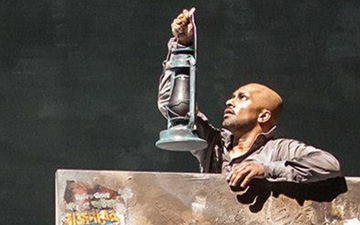



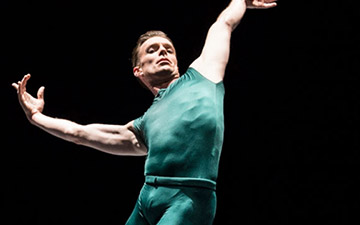
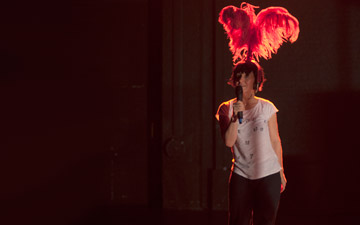
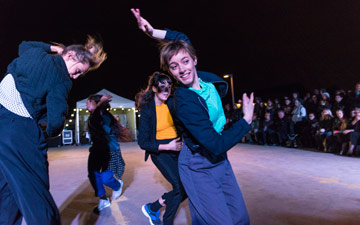

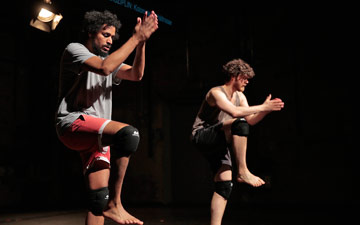
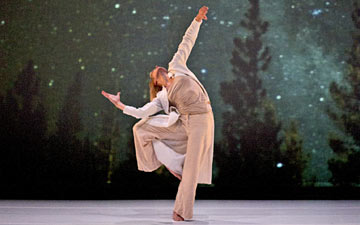
You must be logged in to post a comment.